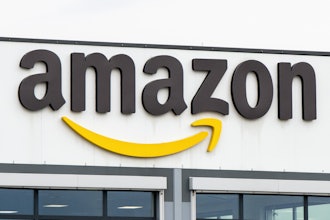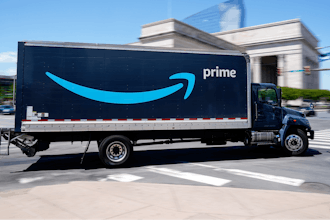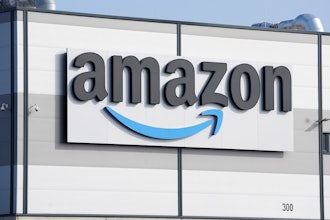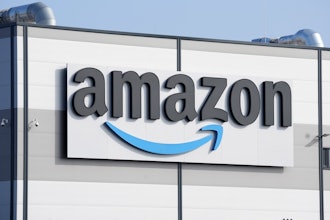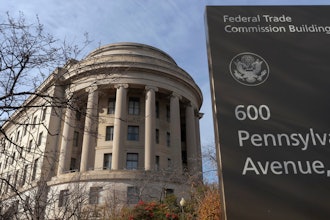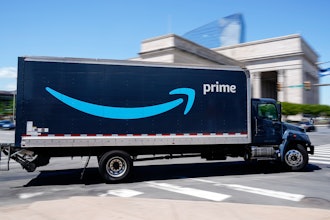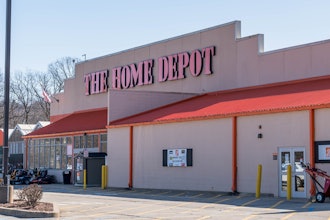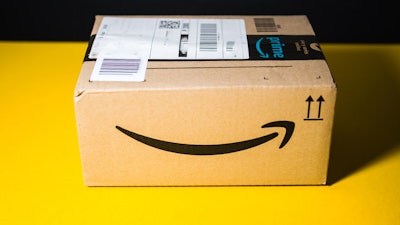
In the interest of full disclosure, I’m an AmazonPrime member. But for how long that remains the case, I’m unsure.
I’ve always been fascinated by Amazon, the e-commerce giant who, at this point, finally has some friends (but more foes) in the industrial distribution space.
 ID Executive Editor Anna Wells
ID Executive Editor Anna Wells
And it’s nice and all… I have twins in diapers and so I hit the re-order button a lot for consumables; knowing the box will arrive before I need it is reassuring. But I’ve been struggling lately with a nagging impulse to close my Prime account, and the reason has a lot to with a story we covered recently.
I’ll spare you all of the dramatic details, but the Wall Street Journal recently embarked on an Amazon experiment, spurred by reports from “dumpster divers” that it was relatively simple to post their products on Amazon as third-party sellers … you know, the “products” they found in the garbage, cleaned and repacked before shipping them to Fulfillment by Amazon. WSJ reporters tried the same, and were able to successfully list for purchase items that they’d found in a trash bin outside of a Trader Joe’s. Since the sellers used Fulfillment by Amazon, their posts were labeled with the Prime badge, leaving critics to wonder what other kinds of ills this moniker was hiding.
The story is just one example that happens to have a very heavy “ick” factor. But it also leaves a lot to discuss for distributors who are (a) competing against Amazon or (b) selling as third parties on the marketplace. More stories of supply chain issues and lack of oversight continue to populate the news cycle, and it’s been widely reported just how many counterfeit goods exist on this mammoth website.
Journalists warn that users and sellers will begin to flee, but the evidence isn’t there yet. As Jack Keough points out in his "A Closer Look" column in ID's Jan/Feb print issue, Amazon (and especially Amazon Business) has been growing faster than ever. But some high-profile brands have walked away, publicly stating that counterfeits and unauthorized sellers were the reason for their exodus.
If Amazon begins to lose its allure from a customer standpoint, this could be good for many distributors who have stayed away. But for those who sell through Amazon, or as third-party sellers, things could get rocky. The important part is to keep a close eye on Amazon’s activities and have a contingency plan. Justin Leigh, CEO of e-commerce advisory firm Ideoclick recently told CNBC that his firm has worked with some businesses that have bailed on Amazon but, for some, the “frustration built to the point that they walked away without a strategy beyond just not doing business with [Amazon] anymore.”
So if you think, as a third party seller, that your brand could be tarnished by Amazon’s business practices, then start formulating a plan now. As traffic grows, the e-commerce giant will only get bigger and its supply chain even harder to police.










